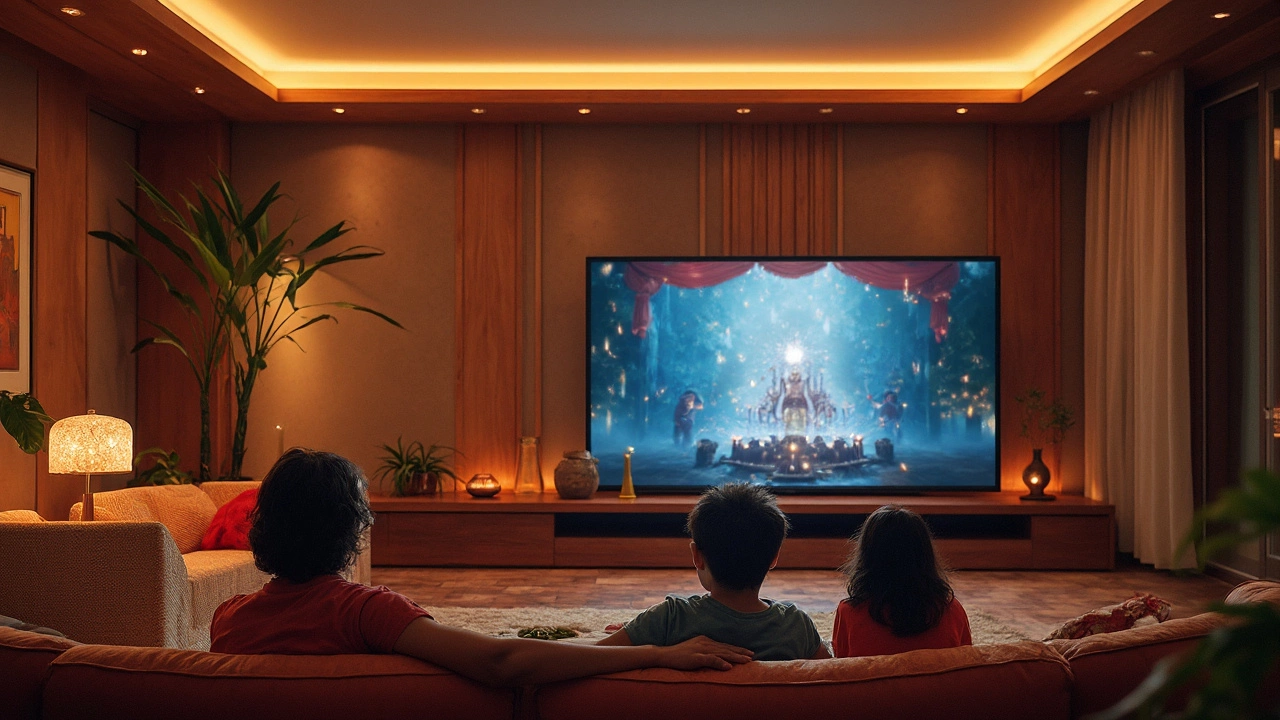75 Inch TV – What You Need to Know Before Buying
Thinking about a 75‑inch TV? It’s a big step up from the usual size, and it can totally change how your living room feels. Before you click ‘add to cart,’ let’s break down the basics so you get the right fit and the best experience.
Why Choose a 75‑Inch TV?
A 75‑inch screen gives you a cinematic feel without leaving home. The extra surface area makes movies look sharper and games feel more immersive. If you sit about 8‑10 feet away, the picture fills your field of vision, which tricks your brain into a deeper viewing experience.
Large TVs also tend to have newer tech—better HDR, higher refresh rates, and smarter processors. That means brighter highlights, smoother motion, and less lag when you stream or game. In short, the size often comes with a performance bump.
How to Fit a 75‑Inch TV in Your Space
First, measure the wall or stand area. A 75‑inch TV is roughly 65 inches wide and 37 inches tall (without the bezel). Add a few inches on each side for ventilation and cable access. If the wall is too narrow, consider a sturdy TV stand with a wide base.
Next, think about viewing distance. A good rule is to sit at a distance that’s 1.2‑1.5 times the screen’s diagonal. For 75 inches, that’s about 8‑10 feet. If your couch is closer, you might feel the pixels. If you’re farther, the picture could look mushy.
Wall‑mounting is popular for a clean look. Make sure the mount supports the TV’s weight (most 75‑inch models weigh 70‑80 lbs). Use a stud‑finder, anchor the mount into studs, and double‑check the level. If you’re not comfortable with tools, a professional can install it safely.
If you prefer a stand, pick one that can handle the weight and offers cable management. Look for shelves or compartments where you can hide cords. A wide, low‑profile stand helps keep the TV stable and reduces the risk of tipping.
Consider the room’s lighting. Large screens reflect more light, so avoid direct sunlight on the panel. Use curtains or blinds to control glare, especially if you watch daytime TV. A matte screen finish can also help reduce reflections.
Audio is another piece of the puzzle. Most flat‑panel TVs have thin speakers, and you might notice the sound gets lost in a big room. Adding a soundbar or bookshelf speakers can boost dialogue clarity and give movies a richer feel.
Finally, check the connectivity options. Modern 75‑inch TVs usually have multiple HDMI 2.1 ports, USB, and sometimes eARC for soundbars. Make sure the ports you need are available and that the TV supports the video formats you use, like 4K @ 120Hz.
When you compare models, look at the panel type (OLED, QLED, LED) and the refresh rate. OLED offers deepest blacks, while QLED delivers bright colors in sunlit rooms. If you game, a higher refresh rate reduces motion blur.
Don’t forget the warranty and return policy. A big TV is an investment, so a solid warranty can save headaches down the line. Keep the receipt and note the return window in case the unit arrives with defects.
With these pointers, you can pick a 75‑inch TV that fits your space, looks great, and delivers a top‑notch viewing experience. Happy shopping!
How Much Bigger is a 75 TV than a 65?
Ever wondered how much bigger a 75-inch TV is compared to a 65-inch one? This article breaks down the size differences in practical terms. We'll discuss why those extra inches matter, how to measure TV sizes correctly, and what this means for your living room setup and TV stand choices.





